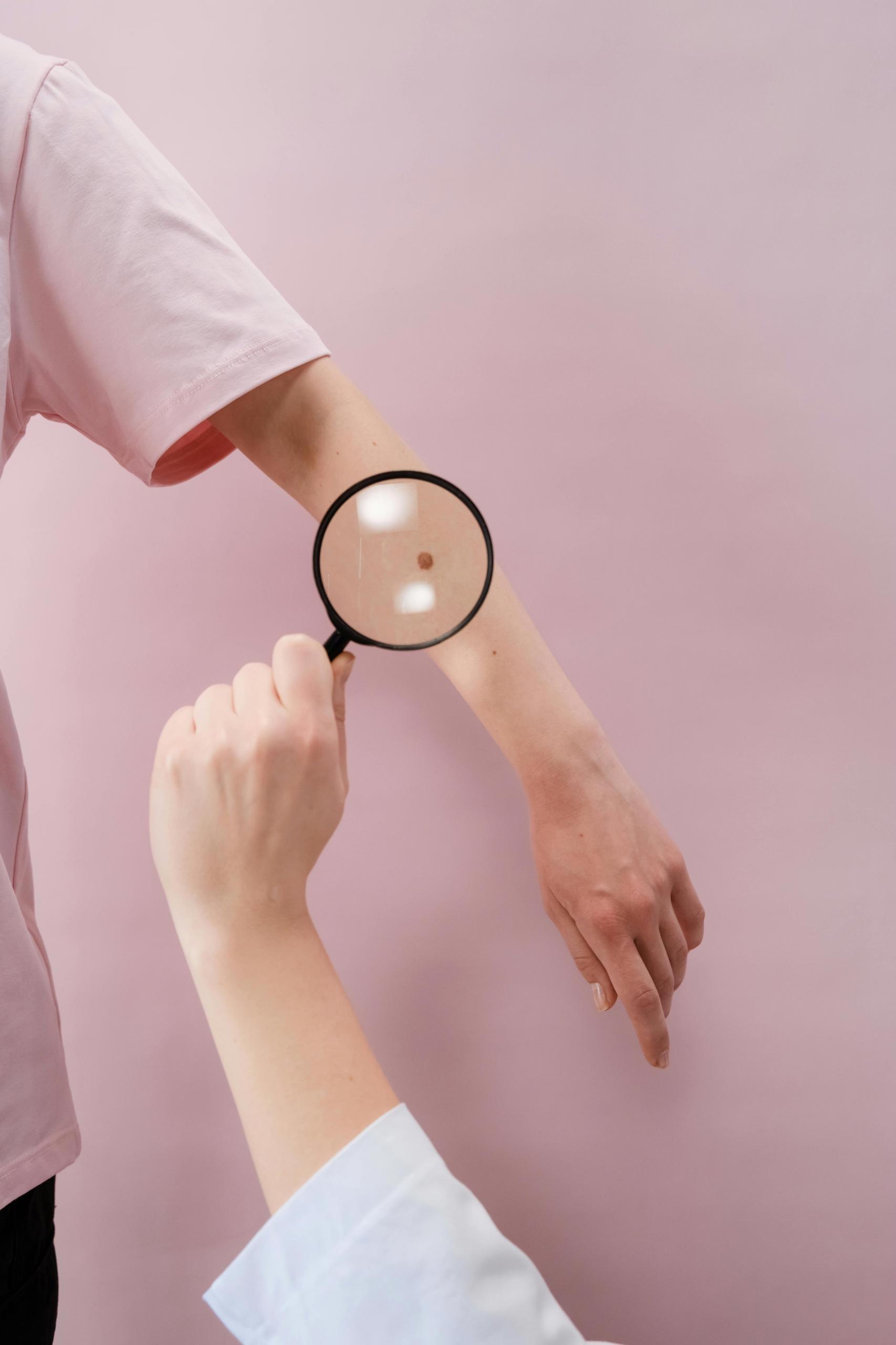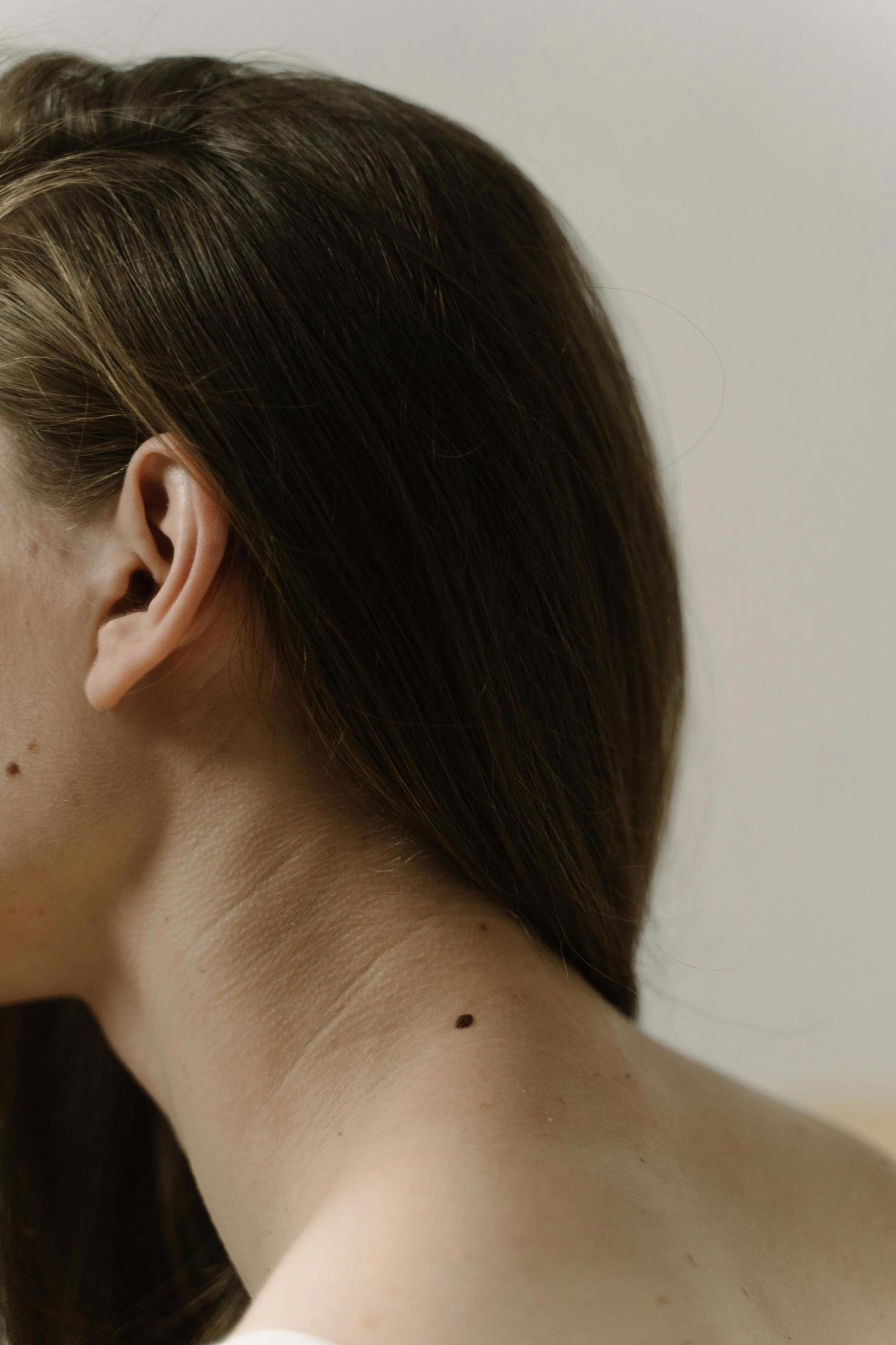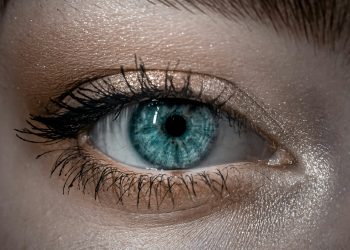Welcome back, beautiful reader! It’s 2025 and I’m so excited about the new year. I hope you enjoyed your Christmas and New Year break and if you didn’t, I hope this year tops it. You’ve probably made some new year resolutions and if I’m guessing right, one of them is to be more intentional with skincare. If that is so, then you’re definitely at the right place (erm, article).
One important aspect of skincare is being watchful over our skin, to check for when the texture isn’t right, reddish bumps or even unusual moles. This is because an early detection of cancerous growth (moles included) can make a huge difference in treatment outcomes? That’s why it’s so important to be proactive and informed.

In this article, I’ll inform you on the ways you can look for and spot any suspicious moles, and what to do after that to ensure your healthiest all- year long. This article will cover everything from what to look for in a mole, to how often you should check your skin, and even some tips on making this a regular part of your beauty routine.
But before we get into all that’s, let’s get the important stuff out of the way:
Why It’s Important to Check Your Moles
One simple yet vital habit you can adopt this year is regularly checking your moles. Early detection of skin cancer can save lives, and being intentional about checking your moles is a great way to take control of your health.
It’s also empowering to know that you’re actively monitoring your well-being and can catch any potential issues before they become serious. Plus, adding mole checks into your daily or weekly routine can be a form of self-care, giving you a moment to focus on yourself and ensure you’re healthy.

What to Watch Out For: The ABCDEs of Moles
According to dermatologists, when examining your moles, it is essential to remember the ABCDEs, –a helpful guide to identifying potential signs of melanoma. The ABCDEs are:
Asymmetry: Healthy moles are usually symmetrical i.e. if you draw a line through the middle, both halves should match. If one half of the mole doesn’t match the other, it could be a red flag/ warning signal.
Border: The edges of a normal or harmless mole are usually smooth and even. Be wary of moles with irregular, ragged, or blurred edges, as these can be indicative of skin cancer.
Color: A mole that is uniform in color is not something to be concerned about. However, if the color isn’t the same all over and includes various shades of brown or black, or even patches of pink, red, white, or blue, it’s time to get it examined.
Diameter: Size is important when it comes to moles. Moles bigger than 6mm (about the size of a pencil eraser) are more likely to be problematic. However, some melanomas can be smaller, so don’t ignore any suspicious moles based on size alone.
Evolving: If you see any change in a mole’s size, shape, color, or elevation, or new symptoms such as bleeding, itching, or crusting, take it seriously and get it checked out. Moles that evolve (grow) over time are more likely cancerous growths.
How to Perform a Mole Self-Examination
Performing a self-examination is a simple, straightforward process that can be done in the comfort of your home.
First, you grab a mirror and look for a well-lit room. Start checking from your head and work your way down, thoroughly checking every part of your body. Remember to pay attention to areas that are often overlooked (your scalp, behind your ears, and the back of your neck).
Then, move down to your torso, arms, and legs, making sure to examine both the front and back. Don’t forget those hard-to-see areas like your back and the soles of your feet. For these spots, you might need a hand mirror or the assistance of a trusted friend or family member.
Finally, check under your nails, between your fingers and toes, and around your genital area. If you notice any new or changing moles, or anything that looks unusual, make a mental note of it or write it down and consult with a healthcare professional. Remember hat self-examinations can help you stay on top of your skin health and catch any potential issues early.
When to See a Dermatologist
If you notice any moles that fit into the ABCDE criteria – Asymmetry, Border irregularities, Color variations, Diameter larger than 6mm, or Evolving changes – it’s time to consult a dermatologist. Do not self medicate or go Googling your symptoms.
This is because the ABCDE signs can indicate potential skin cancer, and early detection is key to effective treatment. Even if your moles don’t perfectly match the ABCDE criteria but if something just doesn’t feel right, trust your instincts and seek a professional opinion. Dermatologists are trained to identify and diagnose skin conditions, and they can provide peace of mind or early intervention if needed.
Regular check-ups (along with self-examination) with a dermatologist are also a good idea, especially if your family has
- a history of skin cancer,
- a large number of moles, or
- fair skin that burns easily.
Dermatologists can perform a thorough skin examination and monitor any changes over time.
Always keep in mind that it’s always better to be safe than sorry.
Conclusion
Consistency is key to spotting any changes early on. To help with this, choose a specific day each month, such as the first Sunday, to perform your mole check. Set a reminder on your phone or mark it on your calendar. This can make it easier to remember and stick to the routine.
You can also make it a monthly habit, perhaps while doing your skincare regimen. This way, it becomes a natural part of your self-care routine, ensuring you don’t forget to check your moles regularly.

















